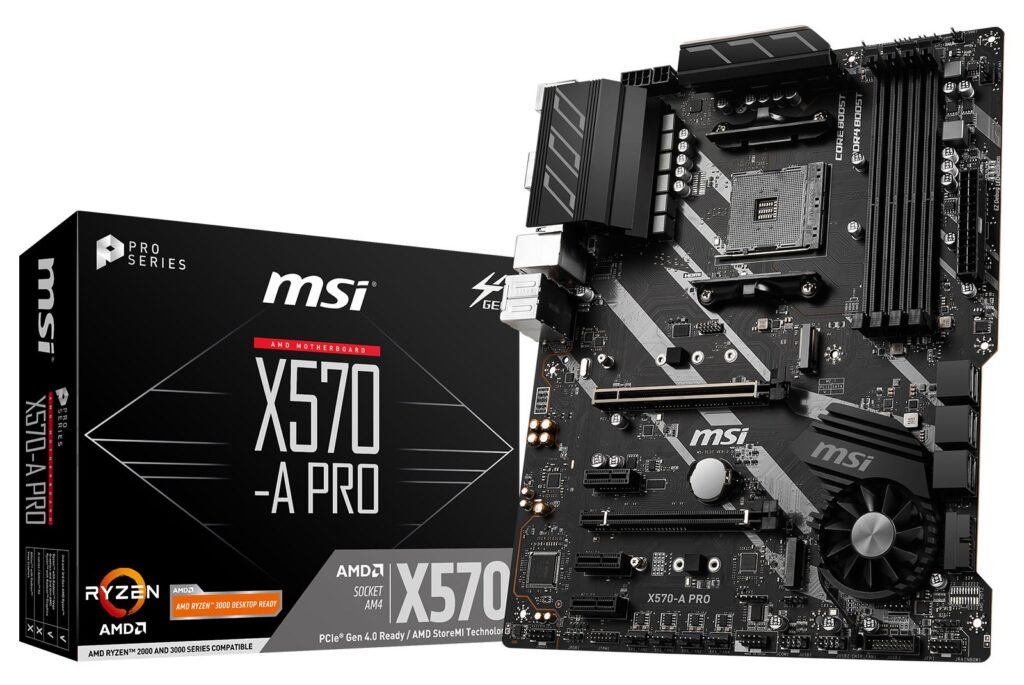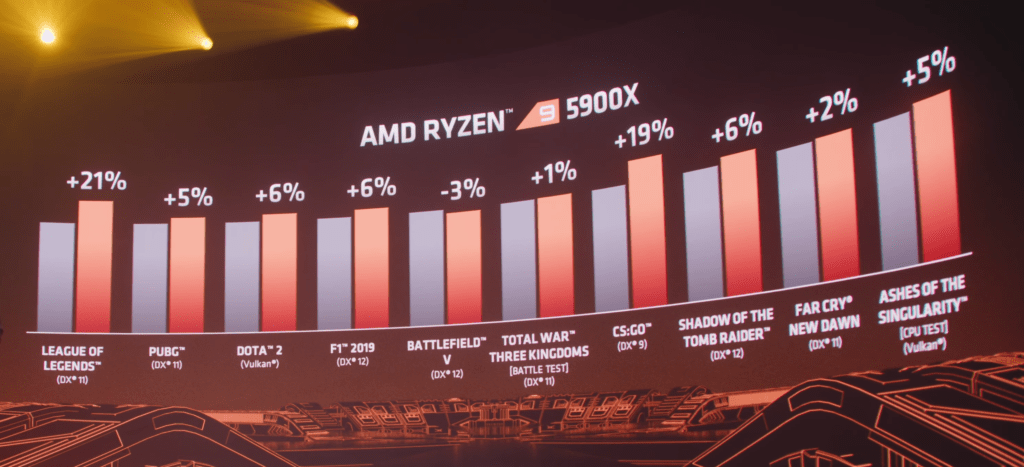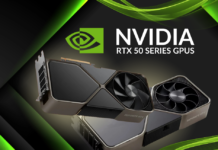Ryzen 5000 series processors will hit the retail market on November 5, 2020 . Ubisoft's famous Far Cry 6
Configuration of Ryzen 5000 series Zen 3 processors
4 series of processors will be released by AMD. The entry level is the Ryzen 5 5600X and includes 6 cores and 12 threads. This CPU has a base frequency of 3.7 GHz and a boost frequency of 4.6 GHz. It is the processor that consumes the least energy, i.e. 65 Watts TDP . This processor is equipped with 32 MB of L3 cache and will cost $299. Next, we have the Ryzen 7 5800X. It has 8 cores and 16 threads with a base frequency of 3.8 GHz. The bost clock reaches 4.7 GHz. The Ryzen 7 5800X processor consumes a TDP power of 105 Watts and will cost $449. On the L3 cache memory side, it is equipped with 32 MB.
As for the Ryzen 9 5900X, it has 12 cores and 24 threads. It has 64 MB of L3 cache for a TDP power of 105 Watts. The transistors of this processor switch at 3.7 GHz to reach a frequency of 4.8 GHz in boost clock. It costs $549. The highest range in the desktop PC series is the Ryzen 9 5950X which sells for $799 . The processor has 16 cores and 32 threads. It operates at 3.4 GHz at nominal frequency and reaches 4.9 GHz at boost frequency . This processor has 64 MB of L3 cache for a TDP power of 105 Watts .

These series of Ryzen processors are slightly more expensive than Intel's Comet Lake. But according to data provided by AMD, the Ryzen 9 easily beats the Comet Lake on all fronts. They perform better than Intel's Core i9-10900K.
Ryzen 5000 Series Compatibility
Ryzen 5000 series processors are compatible with 500 series chipset motherboards with AGESA BIOS version 1.0.8.0 or later such as X570, B550 and A520. BIOS updates will be available this November 5, the launch date of the Ryzen 5000 series.
If you want to take advantage of the new Smart Memory Access of the Radeon Rx 6000 Series graphics cards, you must use Ryzen 5000 series processors. This memory allows rapid swapping between the CPU and GPU thus improving your gaming experiences.

AMD announced that it would not provide compatibility support for 400 series motherboards with the Zen 3 architecture. But following the concerns of customers who own these cards, AMD is reversing its statement and will provide all the necessary support. Its developers are currently developing the necessary BIOS updates. These will be released in January 2021. These motherboards will not, however, be compatible with the Zen 4 architecture of the future.
However, some cards will not be backwards compatible: Once the BIOS has been updated, it would no longer be possible to reflash it to an earlier version. The motherboard will no longer support older Ryzen processors and PCIe 4.0.
Furthermore, you have to budget $40 more if you want to buy a Ryzen 7 or Ryzen 9 processor. In fact, AMD only offers a cooler for the Ryzen 5 5600X at TDP 65 Watts. The manufacturer believes that enthusiasts who opt for high-end processors generally purchase custom coolers. AMD recommends a 280mm AIO liquid cooler or larger.
Why choose AMD Ryzen 5000 series processors?
According to benchmarking data provided by AMD, the Ryzen 9 5900X offers an average FPS improvement of 26% compared to the Ryzen 9 3900XT series. This test was carried out on more than 40 titles at a resolution of 1920 x 1080. Zen 3 architecture processors present an unprecedented increase in IPC compared to Zen 2, i.e. 19%. Furthermore, this new generation of processor consumes less energy. The maximum power delivered on the AM4 socket still remains 142 watts .


Furthermore, compared to the Core i9-10900K processor with 1080p resolution, the AMD Ryzen 9 5900X processor generally performs better except for certain titles like Total War. We notice that AMD is especially more efficient with older games such as League of Legends and CS:GO.
AMD processors are therefore more efficient than Intel processors and will dominate the market, at least before the release of Intel Rocket Lake processors. These processors engraved at 14 nm may nevertheless not be able to compete with those from AMD produced with a 7 nm engraving process.




